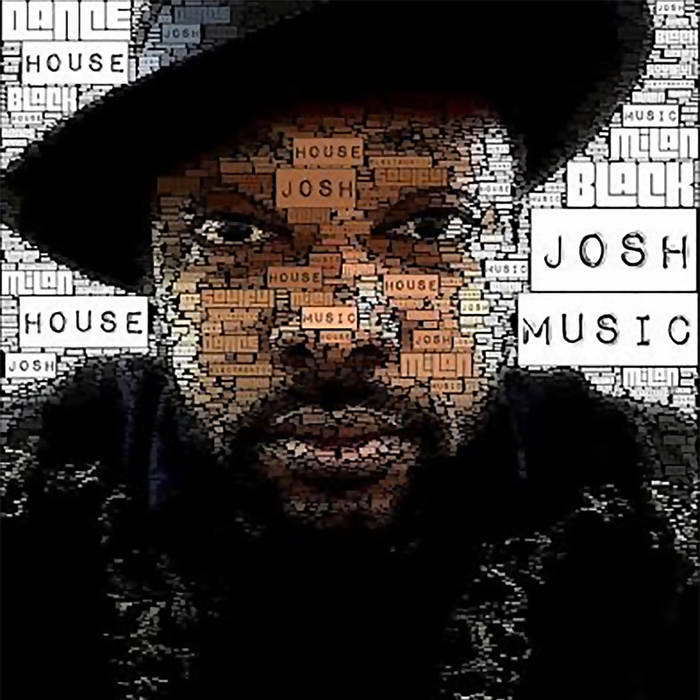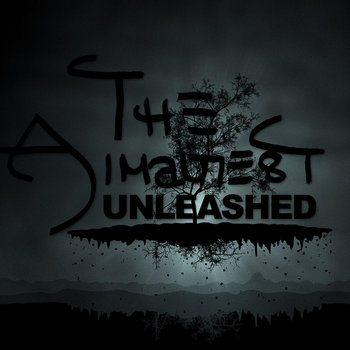
Written by Micah Singleton — For the past few years, the biggest fight in the music industry has been against ad-supported music. Apple attempted to kill Spotify's free tier before it launched Apple Music; the industry has railed against what it perceives as low payments from YouTube for years; and SoundCloud, one of the most popular ad-supported streaming sites in the world, is on the brink of collapse. But the truth is that ad-supported streaming isn't going anywhere. YouTube is too big to fail at this point, and labels have largely come to terms with Spotify’s free tier due to its high conversion rate. Getting to scale, everyone acknowledges, requires bringing in users who might not pay at first.
So how will it coexist in a music industry increasingly dominated by paid streaming services like Spotify and Apple Music? Executives from Warner Music, YouTube, SoundExchange, Pandora, and iHeartMedia sat down for a panel at the New Music Seminar in New York on Wednesday night. The event was moderated by Tom Silverman, the founder and chairman of Tommy Boy Records and the founder of the New Music Seminar. The group discussed why ad revenues aren’t growing as fast as expected, the benefits of ad-supported services, and why the music industry should be more supportive of streaming services.
“It takes time,” Lyor Cohen, YouTube’s head of music said, when Silverman asked why YouTube isn’t monetizing its ads at a higher rate. Last year, ad-supported streaming like YouTube and SoundCloud’s free service brought in $469 million in revenue for the music industry, according to the RIAA. Paid streaming services pulled in $2.47 billion. Cohen pointed toward the slow adoption of hip-hop within the music industry in the ‘80s — he was president of Def Jam Records in the late ‘80s — as a correlation to what’s going on now with advertisers and streaming music.
“I remember there was at least seven years of incubation for Russell [Simmons], Rick [Rubin], and myself at CBS. Rap music was exploding, the supply outpaced the demand, and it was happening all over the city. CBS was a New York-based company, and all they had to do was drive about 60 blocks and realize how many kids were trying to get into a venue, and they would’ve said, ‘Oh my god, this stuff is really incredible and special. Let’s invest in it.’ They didn’t invest in it.” Cohen said CBS didn’t catch on to what was happening in hip-hop until the son of then-Columbia Records president Donnie Ienner wanted to go to a Public Enemy concert instead of a Bruce Springsteen show that the label finally woke up.
Streaming now brings in the majority of revenue for the music industry. In 2016, ad-supported streaming grew 26 percent from the previous year, while paid streaming grew 95 percent year over year.
Cohen also noted that the music industry needs to forge better relationships with streaming services in order to build better products, instead of just signing over licensing deals and leaving everything up to the tech companies. He pointed toward SoundCloud as an example of where collaboration could have helped.
“We're scared to death and we typically stomp them out,” Cohen said. “Look at what's happening with SoundCloud. What a sad experience that they're experiencing right now. To me, we needed to collaborate with them in order for them to help build a business, whether it's an advertising business or an opportunity for them to shepherd their consumers to a potential subscription.”
The longtime music executive went on to note that YouTube is working on combining YouTube Red with Google Play Music to give users a single offering — which, given his statements during the evening, the music industry may have a hand in shaping more than ever before (if Cohen gets his way).
As talks shifted to whether ad-supported services help or hurt paid streaming services, Warner Music’s chief digital officer Ole Obermann noted that ad-supported services are so good that there may not be enough incentive to upgrade to paid services, a point that was echoed by Mark Eisenberg, SoundExchange’s senior vice president of strategic initiatives.
“I think ad-supported and paid streaming are complimentary, and they will always exist together,” Eisenberg said. “Some people will never pay for a subscription for a variety of reasons, but it doesn't mean that [streaming services aren’t] monetizing them. We just have to figure out a way to make an ecosystem work for all. I think the difficulty is segmentation. If you’re offering the exact same product and features and experience — paid or ad-supported — I think some will go to the lower-cost consumer product. So you have to do that differentiation, which I don’t think we’ve done yet in the industry. I think we’re starting to get there, in terms of segmentation of catalog, feature sets, and mobility.”
Streaming services like Spotify would point out that its free product has been quite limiting, with users only being able to listen to music on shuffle, and now that it nearly has its label deals wrapped up, artists and labels will also have the ability to limit new releases to the premium tier for up to two weeks, giving them more flexibility and control.
But even if ad-supported services do everything the music industry wants, it would still be incredibly difficult to close the revenue gap on paid streaming, which grew 95 percent year over year. So how do they increase their value? According to Cohen, YouTube will use its machine learning capabilities — which Cohen says drives 80 percent of watch time on the platform — to help break new artists. “YouTube is not only going to build a fabulous subscription business to complement its advertising business, but it's going to work with the industry to help break their acts.”
Distribution, in other words, is a carrot YouTube is holding out during these negotiations, something beyond revenue that tech platforms might provide to their partners in the music industry. For now, however, YouTube still has a long way to go before it gets to a place where it can shift its negative reputation in the music industry into a positive one.
Click here to read more from this article's source.












































